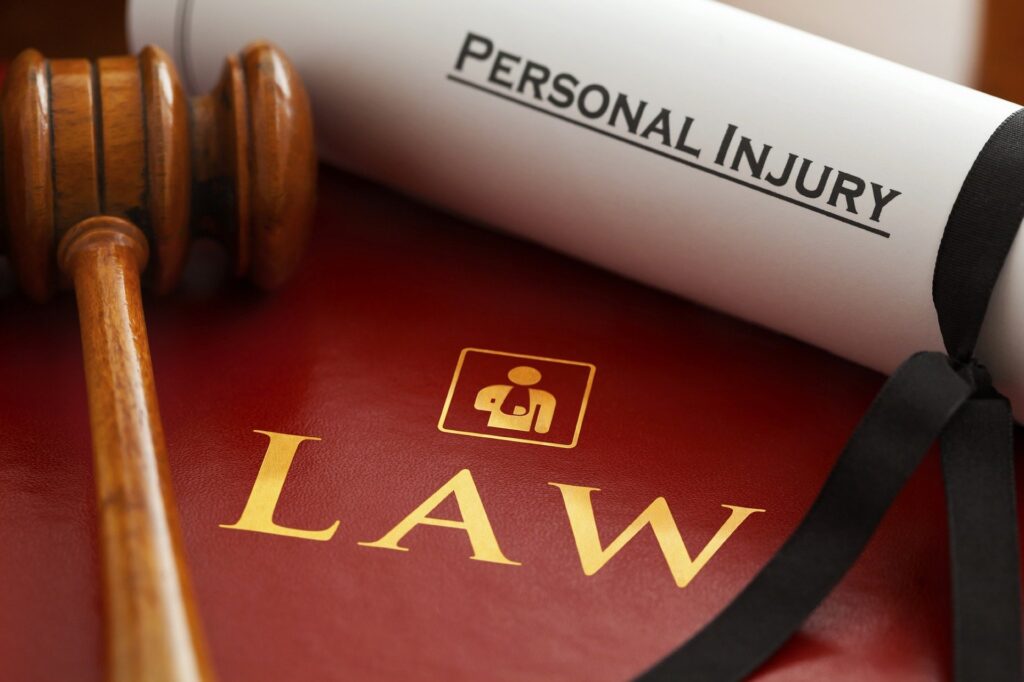Attorneys will sometimes file accident lawsuits with a questionable basis, which often
comes back to haunt them. A recent unreported Appellate Division decision is instructive.
A woman involved in an automobile collision had the lawsuit threshold (see https://www.middlesexcountyaccidentlawyer.com/what-is-the-lawsuit-threshold/).
She admitted that no part of her body struck the inside of the vehicle, that her parked vehicle was not moved by the impact, and that she told the responding officer that she was not injured and that she did not need an ambulance. The other driver testified that she did not feel any impact and that there was no damage to her car.
The plaintiff claimed neck, back and shoulder injuries due to the accident. However, she also admitted that she had been in a prior motor vehicle accident that caused serious injuries to those same areas and that she was still receiving treatment for those injuries at the time of this accident.
At trial, the defendant presented expert testimony that there had been no physical transfer of force from the defendant’s vehicle to the plaintiff’s body. Further, the court barred the testimony of plaintiff’s medical expert due to plaintiff’s failure to submit the expert report in advance of the trial.
The jury found no cause of action for plaintiff. Plaintiff’s motion for a new trial was denied. Upon review, the Appellate Division upheld the trial court’s rulings in the matter as well as the trial court’s denial of the new trial motion.
Normally in personal injury litigation, plaintiff’s counsel will advance the costs of the case, including the preparation of the medical expert report and presentation of that expert’s testimony. However, it makes no sense to do so if the dots cannot be connected. The above decision is a perfect example of a case with too many strikes against it to succeed.

